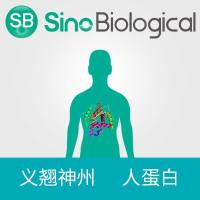In Vitro and Ex Vivo Assays of Virulence in Candida albicans
互联网
836
The measurement of virulence using ex vivo and in vitro models is discussed in the context of the human pathogenic yeast, Candida albicans . The models described are of two types. First, reconstituted tissues of various sorts are used that are derived from human carcinomas. The tissues are grown in vitro in complex media, attain a three-dimensional tissue structure, and retain cell-surface antigens typical of the specific tissue. Both adherence and invasion of tissues can be studied following infection with strains of C. albicans (1 , 2) . Further, one can increase the level of complexity by providing infected tissues with host phagocytes or cytokines such that an immune contribution to protection can be followed (3 –5) . The second model employs Drosophila melanogaster larvae that are infected with C. albicans (6) . In this model, the progression of virulence is followed after injection of strains of a pathogen of interest into the fly abdomen. Thus, in the case of human pathogenic fungi, the recognition of host tissues and invasion by the specific pathogen can be studied in vitro and correlations developed for human disease. The obvious advantage to using animal models (e.g., mice) is reduced cost, such that large numbers of C. albicans strains can be assessed for their virulence properties. Additionally, another application of these models is in drug discovery. It is clear that there are both advantages and disadvantages of the use of alternate models other than a murine model, to evaluate disease, and this is discussed below.








